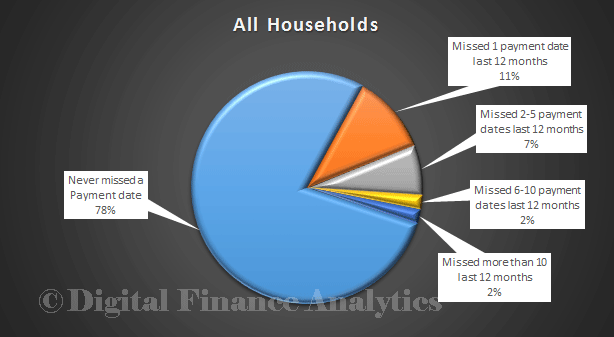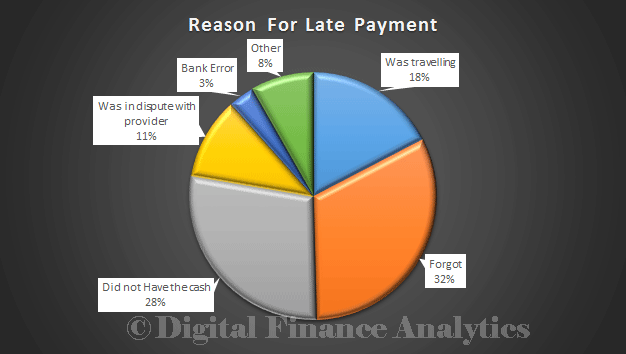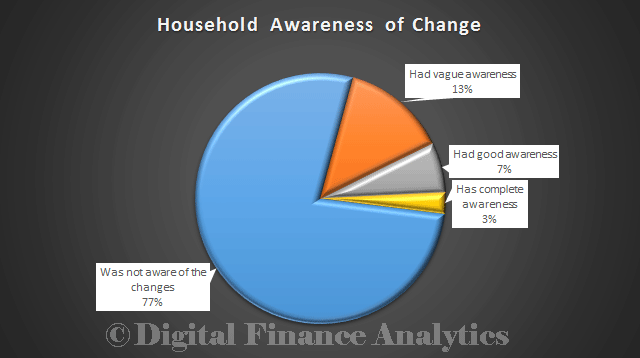
Cross-posted from Martin North’s DFA Blog.
Today, 12 March 2014, is “D” Day and the new credit reporting rules are in play. As we reported in January, this has the potential to change the financial service landscape in Australia considerably.
The new arrangements allow the additional data stored from 2012 onwards to be available to authorised customers of the credit reference agencies. The new additional information will include:
- Date account opened
- Current limit of account
- Nature of credit account
- Date account closed
- Account payment history (licensed credit providers)
We believe banks and other credit providers will start to offer a range of risk based priced products, based on the enhanced credit score available. There is a significant opportunity for players to use data better to segment and target selected customer, based on their credit score.
But one point is worth remembering. From today, if a consumer with a credit card, motor loan, mortgage or utility bill misses a payment date by more than the 5 day grace period, their credit history may be adversely impacted.
From our household surveys, we know that more than 22% of households regularly miss payments.

Reasons for missing payments varied but at a summary level, cash flow issues, or simply forgetting to make a payment were the most frequent reasons given.

When we asked about awareness of the new rules, 77% had none.

Households need to be more aware of their credit behaviour, and if in doubt should check their credit history.

